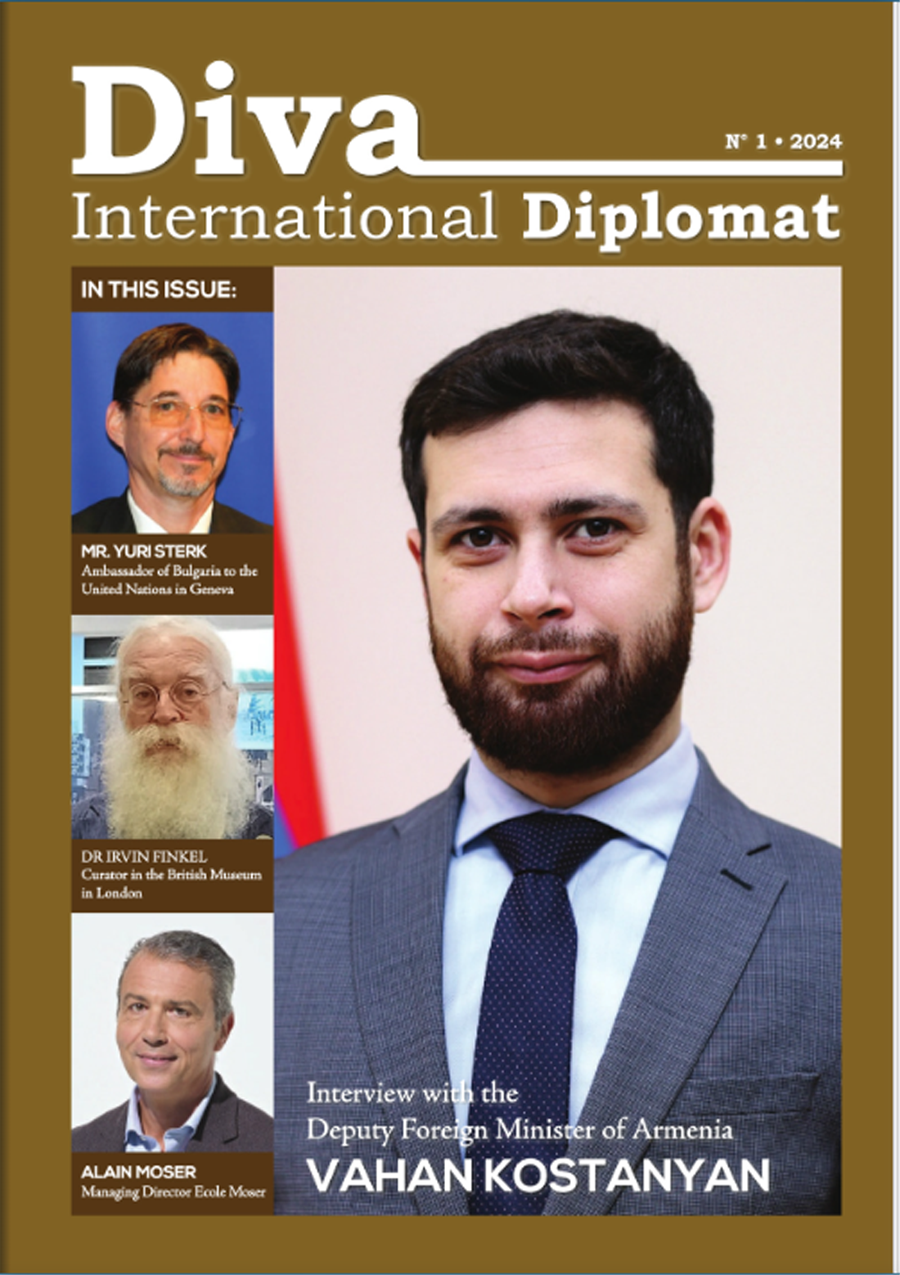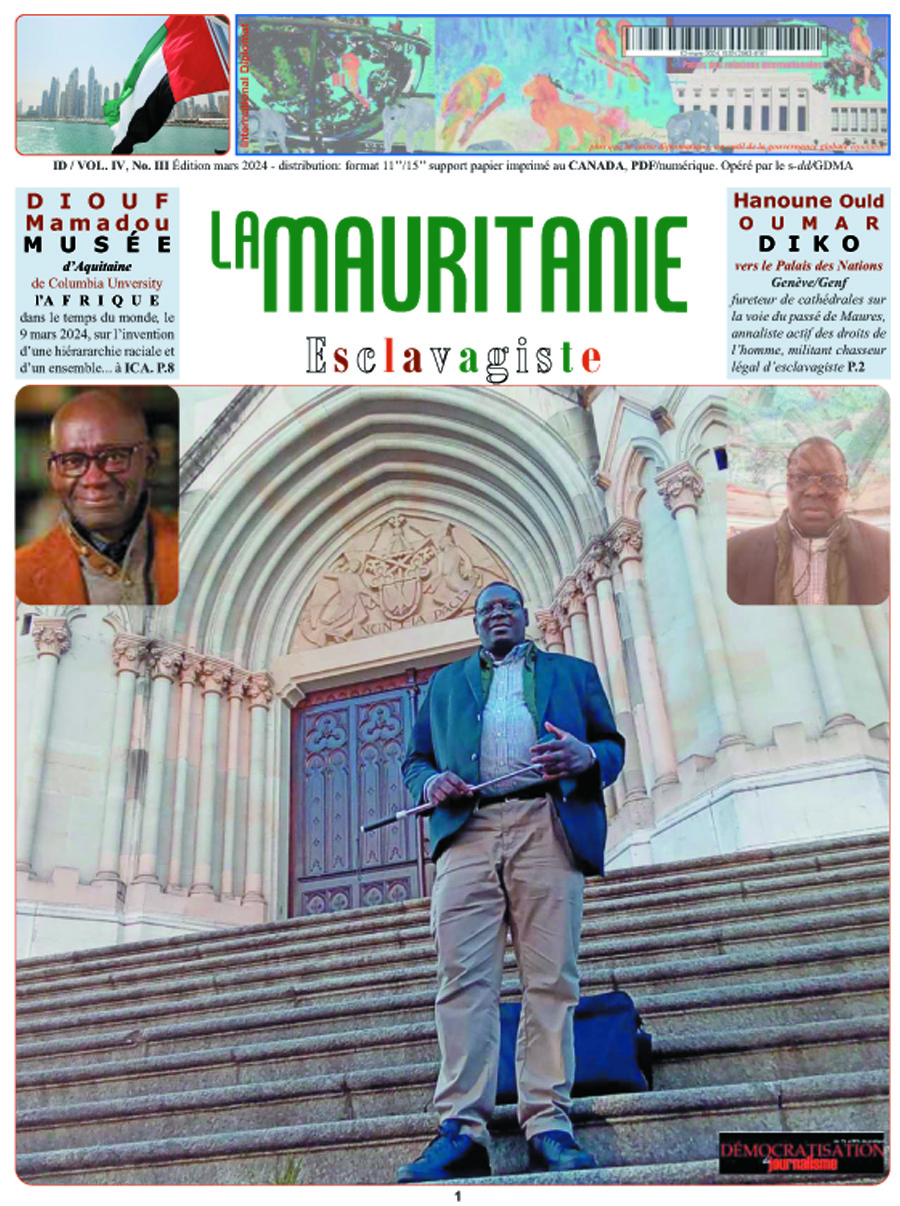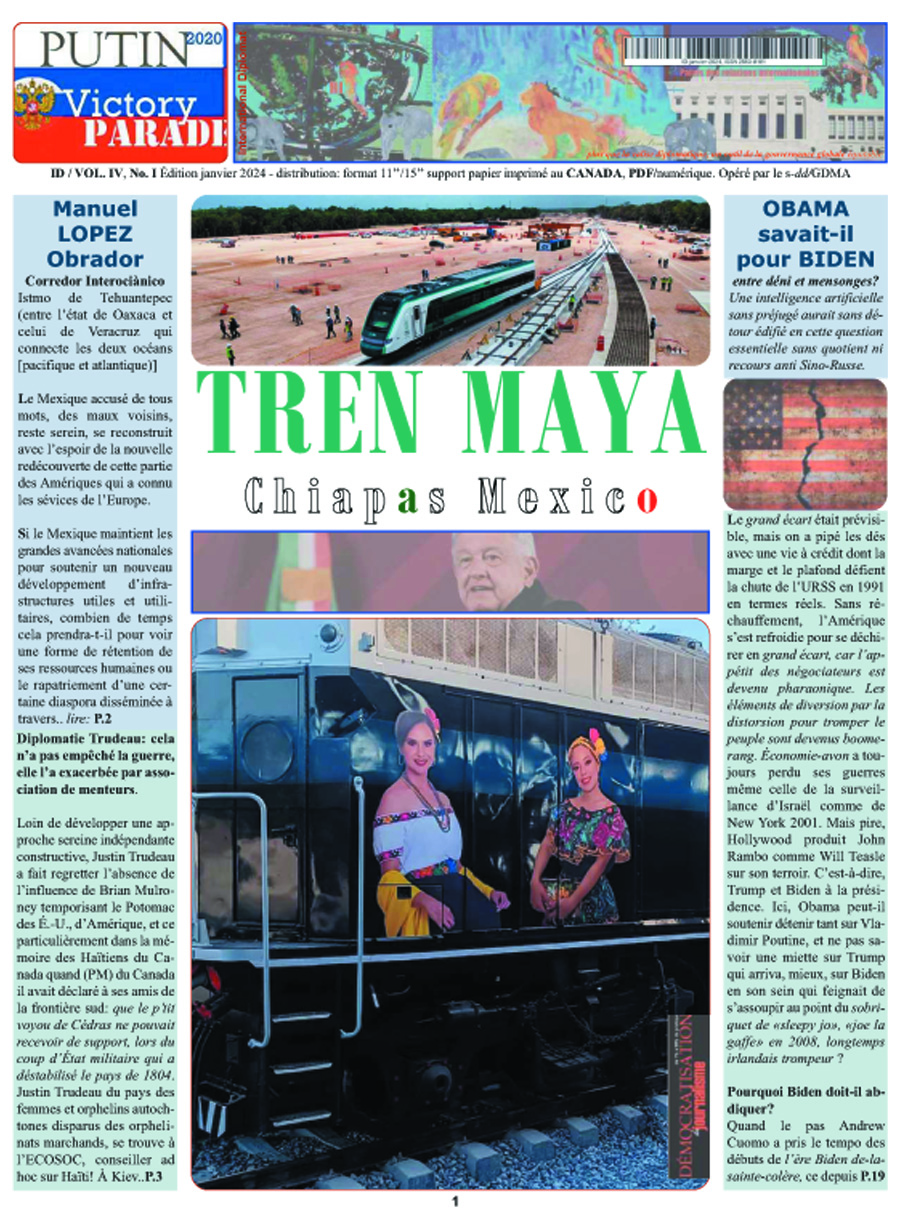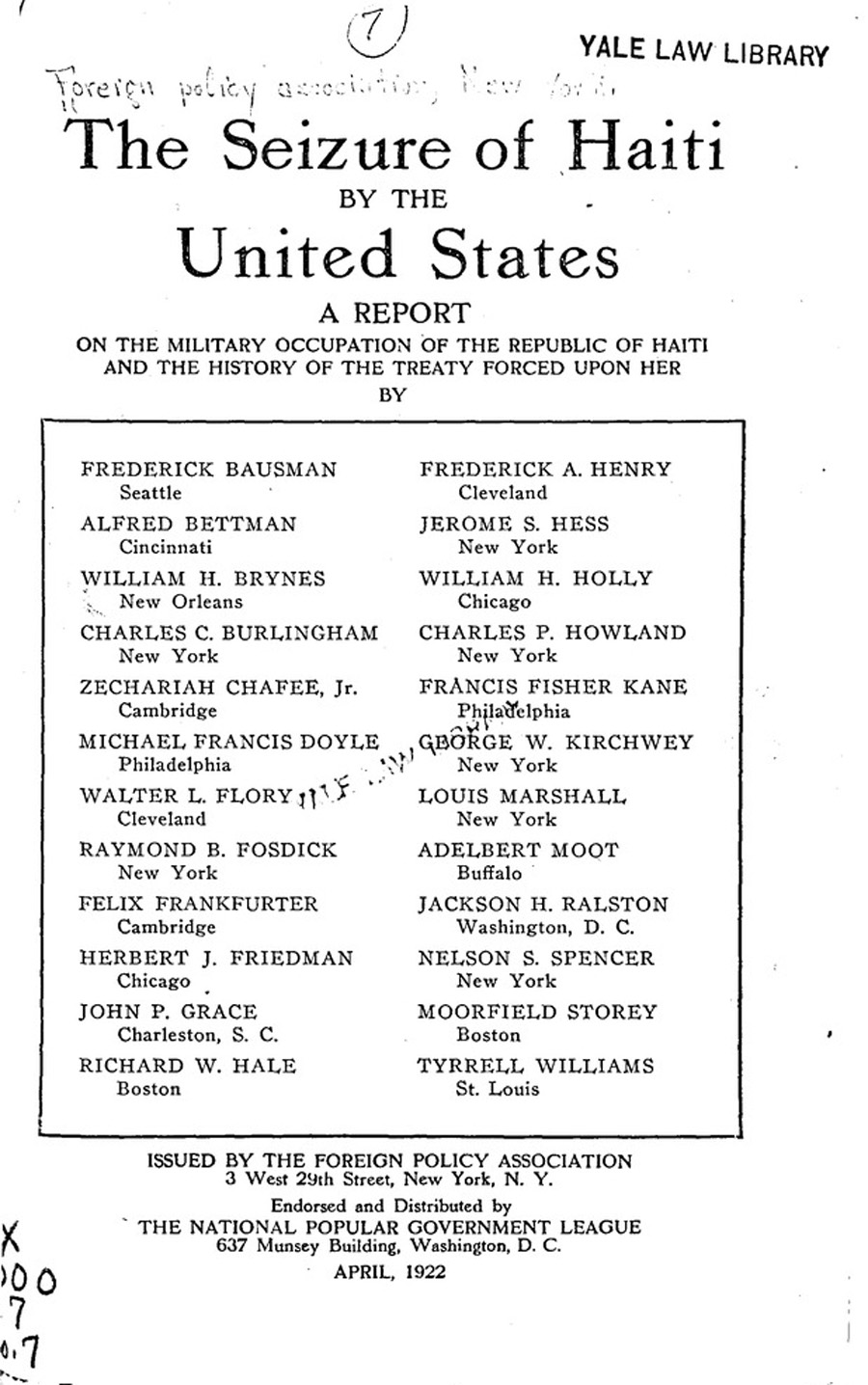 Text : OHCHR Photos : Action Press/Virot
Text : OHCHR Photos : Action Press/Virot
May 31, 2011
Controverse on a video tape released about executions in Sri Lanka
During a press conference at the Palais des Nations in Geneva, reports by three independent experts strongly point to the authenticity of a videotape released by Channel 4 in Britain which appears to show the summary execution of bound, blindfolded, and naked Tamils by Sri Lankan soldiers. This was announced today by the UN Special Rapporteur on extrajudicial, summary or arbitrary executions, Philip Alston, on the basis of detailed analyses conducted by recognized experts in forensic pathology, forensic video analysis, and firearm evidence.
Alston commissioned the three reports following the publication of four opinions by Sri Lankan experts, all of which concluded that the video was a fake. The Government of Sri Lanka informed the UN Human Rights Council that it would therefore not be undertaking any investigation of the allegations made. “Senior Government officials called upon me to apologize and to withdraw the allegations,” said Alston. “They also criticized me for not having undertaken my own technical analysis. In response to that criticism and to what seemed to me the patent inadequacies of the reports commissioned by the Government (two of which were prepared by officials of the Sri Lankan army), I requested highly qualified and totally independent experts to undertake evaluations.”
 Alston released the full text of the expert opinions in a “Technical Note” made public in New York today. “Together, the reports by these experts strongly suggest that the video is authentic,” Alston stated.
Alston released the full text of the expert opinions in a “Technical Note” made public in New York today. “Together, the reports by these experts strongly suggest that the video is authentic,” Alston stated.
“Given these conclusions, and in light of the persistent flow of other allegations of extrajudicial executions by both sides during the closing phases of the war against the LTTE, I call for the establishment of an independent inquiry to carry out an impartial investigation into war crimes and other grave violations of international humanitarian and human rights law allegedly committed in Sri Lanka.”
Alston summarized the key findings of the experts :
Mr Peter Diaczuk, an expert in firearms evidence, concluded that the recoil, movement of the weapon and the shooter, and the gases expelled from the muzzle in both apparent shootings were consistent with firing live ammunition, and not with shooting blank cartridges.
Dr Daniel Spitz, a prominent forensic pathologist, found that the footage appeared authentic, especially with respect to the two individuals who are shown being shot in the head at close range. He found that the body reaction, movement, and blood evidence was entirely consistent with what would be expected in such shootings.
Mr Jeff Spivack, (on picture) an expert in forensic video analysis, found no evidence of breaks in continuity in the video, no additional video layers, and no evidence of image manipulation.
Alston added that the independent experts’ analyses also systematically rebutted most of the arguments relied upon by Sri Lanka’s experts in support of their contention that the video was faked. He gave the following examples :
(a) A Sri Lankan expert stated that there was no recoil or movement of the weapon discharged. However, Mr Spivack and Mr Diaczuk described the recoil visible on the video, and the way in which the movement was consistent with firing live ammunition. (b) A Sri Lankan expert stated that the lack of audio synchronization with the video indicated manipulation. However, Mr Spivack stated that the video/audio synchronization in the video was well within acceptable limits, and that audio can be ahead or behind video, subject to various variables. (c) A Sri Lankan expert stated that the movement of the second victim after being shot was not consistent with the normal expected reaction. However, Mr Spitz stated that the movement was entirely consistent with the manner in which the individual was apparently shot. (d) A Sri Lankan expert stated that while wind could be heard on the audio, it was not evident in the video. Mr Spivack however described multiple places in the video where there is clear evidence of wind. (e) Sri Lanka’s experts argued that the footage was likely to have been recorded on a digital camcorder, and not a mobile phone. Mr Spivack concluded that the metadata he retrieved from the video was entirely consistent with multimedia files produced by mobile phones with video recording capability, and that it would have been very difficult to alter the metadata.
There are a small number of characteristics of the video which the experts were unable to explain. These included the movement of certain victims in the video, 17 frames at the end of the video, and the date of 17 July 2009 encoded in the video. Each of these characteristics can, however, be explained in a manner entirely consistent with the conclusion that the videotape appears to be authentic.
In sum, while there are some unexplained elements in the video, there are strong indications of its authenticity. In addition, most of the arguments relied upon by the Government of Sri Lanka to impugn the video have been shown to be flawed.





